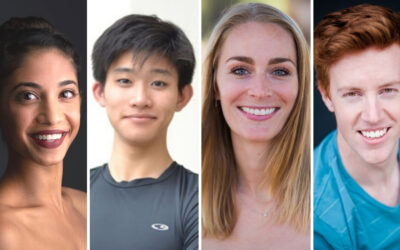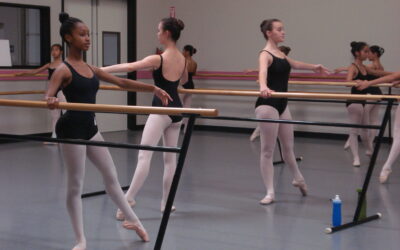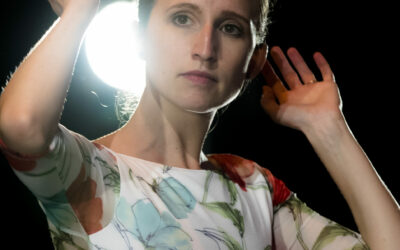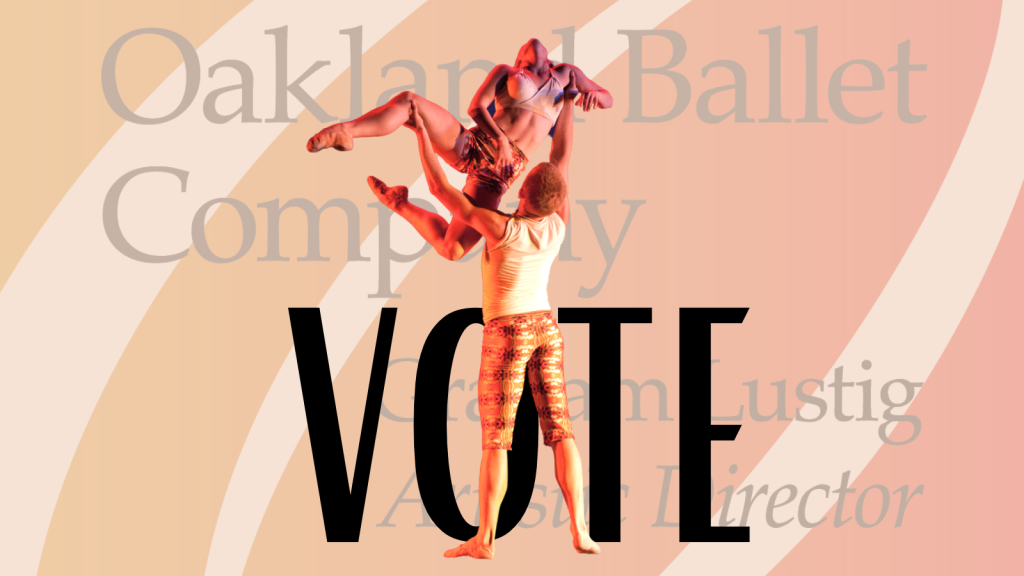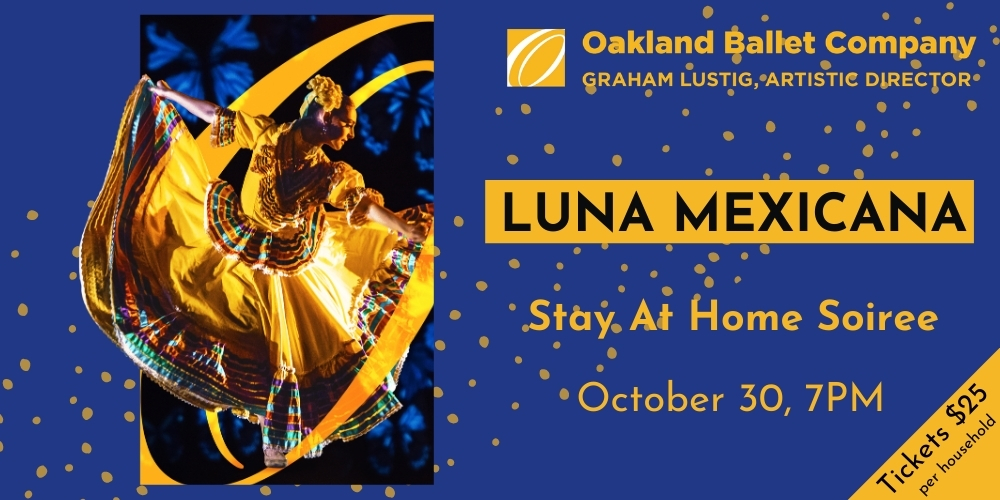OBC is abuzz backstage as the company prepares for the premiere of Diaghilev Imagery this weekend at the Malonga Casquelourd Center for the Arts Theater. Here’s what some of the artists are saying about working on Oakland Ballet Company’s latest work.
Connie Strayer, Costume Design
A costume designer for more than 30 years, Strayer lectured on the history of dance design at the de Young Museum in San Francisco. The chance to work with and reconceive material from the legendary Ballets Russes struck a chord with her, she said. This, after all, was the company that brought in Coco Chanel to design costumes, presenting dancers on stage in regular clothes for the first time.
On the concept of creating world premieres inspired by pieces from the Diaghilev repertoire….
“I was really interested in seeing what modern choreographers would do with the ballets. It’s so much of a reinvention in many ways.”
On reinterpreting the work of the Ballets Russes….
“This is a great chance to delve into that world.”
On designing her first costumes for OBC….
“I’m very excited to be working on a piece for Oakland Ballet.”
Robert Moses, guest choreographer & Artistic Director of Robert Moses’ Kin
Moses’s last collaboration with Oakland Ballet Company, Union Fraternal in 2001, resulted in an Isodora Duncan Dance Award for best music for composer John Santos. For Diaghilev Imagery, Moses was tasked with staging a new ballet around the themes of Le Spectre de la Rose. To prepare for the original work, titled Bloom, Moses watched video of historical reconstructions to see how other choreographers have treated the pas de deux.
On the historical significance of the male lead, the part of the Rose….
“It’s an extraordinary role. It’s a watermark for a male dancer. Maybe it’s even a rite of passage for a dancer in a couple of ways.”
On what makes the pas de deux unique….
“It’s an interesting piece because in some ways it’s not at all about [the female dancer] and in some ways it’s all about her.”
On working with OBC dancers….
“They are without a doubt engaging and charming dancers and people.”
On staging a world premiere with OBC….
“I’m just glad for the opportunity to work in a way I haven’t quite worked before. It’s been a lot of fun.”
Amy Seiwert, guest choreographer & Artistic Director of Amy Seiwert’s Imagery
Amy Seiwert returns to work with OBC after bringing Response to Change to the company for its 2011 season. She received her first commission as a choreographer from Artistic Director Graham Lustig in 2001, and with Les Biches, has been challenged by Lustig to create one of her first narrative ballets. Her work has been supported by a prestigious matching grant from the Jerome Robbins Foundation.
On working with the original score for Les Biches
“You have to pay such attention to the music. If you try to disagree, it will win.”
On branching out to make storytelling part of her work….
“This process has made me immensely uncomfortable.”
Artistic Director Graham Lustig
Lustig conceived Diaghilev Imagery as a tribute to the heritage of Oakland Ballet Company, which gained international esteem for its historical reconstruction of the Diaghilev repertoire, and an opportunity for OBC to once again work with the great talent within the Bay Area dance community. He approached Seiwert and Moses with the idea of creating entirely new ballets inspired by Les Biches (1924, Bronislava Nijinska) and Le Spectre de la Rose (1911, Michel Fokine). His own Pulcinella will premiere on the West Coast with Diaghilev Imagery.
On being in the studio with Seiwert and Moses….
“It has been my great privilege to witness each day the gradually unfolding studio process.”
On bringing two world premieres to the stage….
“The choreographers, excellently assisted by our ensemble of eager and talented dance artists, have worked tirelessly to perfect these new artistic visions.”
– Kate Fratar



